Antalya Science University
Course Name: Introduction to Data Science
Course Code: CS 447
Language of Course: English
Credit: 3
Course Coordinator / Instructor: Şadi Evren ŞEKER
Contact: intrds@sadievrenseker.com
Schedule: Tuesday 15.00 – 18.00
Course Description: This course is an introduction level course to data science, specialized on machine learning, artificial intelligence and big data.
- The course starts with a top down approach to data science projects. The first step is covering data science project management techniques and we follow CRISP-DM methodology with 6 steps below:
- Business Understanding : We cover the types of problems and business processes in real life
- Data Understanding: We cover the data types and data problems. We also try to visualize data to discover.
- Data Preprocessing: We cover the classical problems on data and also handling the problems like noisy or dirty data and missing values. Row or column filtering, data integration with concatenation and joins. We cover the data transformation such as discretization, normalization, or pivoting.
- Machine Learning: we cover the classification algorithms such as Naive Bayes, Decision Trees, Logistic Regression or K-NN. We also cover prediction / regression algorithms like linear regression, polynomial regression or decision tree regression. We also cover unsupervised learning problems like clustering and association rule learning with k-means or hierarchical clustering, and a priori algorithms. Finally we cover ensemble techniques in Knime and Python on Big Data Platforms.
- Evaluation: In the final step of data science, we study the metrics of success via Confusion Matrix, Precision, Recall, Sensitivity, Specificity for classification; purity , randindex for Clustering and rmse, rmae, mse, mae for Regression / Prediction problems with Knime and Python on Big Data Platforms.
Course Objective and Learning Outcomes:
1. Understanding of real life cases about data
2. Understanding of real life data related problems
3. Understanding of data analysis methodologies
4. Understanding of some basic data operations like: preprocessing, transformation or manipulation
5. Understanding of new technologies like bigdata, nosql, cloud computing
6. Ability to use some trending software in the industry
7. Introduction to data related problems and their applications
Tools:
List of course software:
· Excel,
· KNIME,
· Python Programming with Numpy, Pandas, SKLearn, StatsModel or DASK
This course is following hands on experience in all the steps. So attendance with laptop computers is necessary. Also the software list above, will be provided during the course and the list is subject to updates.
Grading
Reading, Attendence and Discussions: 30%
Homeworks: 30%
Project: 40%
Course Content:
| Week 1 (Feb 19): Introduction to Data, Problems and Real World Examples:Some useful information:DIKW Pyramid: DIKW pyramid – WikipediaCRISP-DM: Cross-industry standard process for data mining – WikipediaSlides from first week:week1 |
| Week 2 (Feb 26): Introduction to Descriptive Analytics Repeating the first week for majority of the class and starting the concept of end to end data science projects. Weight and Heigh Sample project and Data Set for Knime work flow. Brief introduction to algorithms: K-NN, Naive Bayes, Decision Trees, Linear Regression |
|
Week 3 (Mar 5): Introduction to Data Manipulation |
|
Week 4 (Mar. 12): Introduction to Python Programming for Data Science and an end-to-end Python application for data science You can install anaconda and Spyder from the link below: Also we have covered below topics during the class:
For further information I strongly suggest you to read the below documentations:
|
|
Week 5 (Mar 19): Classification Algorithms 2nd Python Code of the course for the classifications Knime Workflow for the classification algorithms
|
|
Week 6 (Mar 26): Regression Algorithms Python code for the Regression Knime Workflow and the BIST 100 data set for the Regression Algorithms The Data Set obtained from : finance.yahoo.com |
|
Week 7 (Apr 2): Clustering Algorithms
|
|
Week 8 (Apr 9): Association Rule Mining Click Here To Download Apyroiri Library for the Python Codes |
|
Week 9 (Apr 16): Concept of Error and Evaluation Techniques We also got an introduction to dimension reduction with PCA (principal component analysis) and Neural networks with MLP (multi layer perceptron) Please don’t forget to install Keras for next week. |
|
Week 10 (Apr 23): Collective Learning : This content has moved to previous week because of the holiday |
|
Week 11 (Apr 30): Collective Learning and Consensus Learning and Clustering Algorithms: Ensemble Learning, Bagging, Boosting Techniques, Random Forest, GBM, XGBoost, LightGBM Some links useful for the class:
Readings and resources:
Python Codes from the class : Gradient Boosting: XGBoost (for running the code install XGBoost by the command prompt: conda install -c conda-forge xgboost Install XGBoost extension for Knime
|
| Week 12 (May 7): Project Presentations First Group. Presentations will be picked randomly during the class and anybody absent will be considered as not presented. Project Deliveries (until May 6): Project Presentation, Project Report (explaining your project, your approach and methodologies, difficulties you have faced, solutions you have found, results you have achieved in your projects, links to your data sources). Knime Workflows (in .knwf format) and python codes (in .py format). Please make all these files a single .zip or .rar archive and do not put more than 4 files in your archive. |
|
Week 13 (May 14): Project Presentations Second Group If you haven missed the project presentations in the first week, please contact me for further details. |
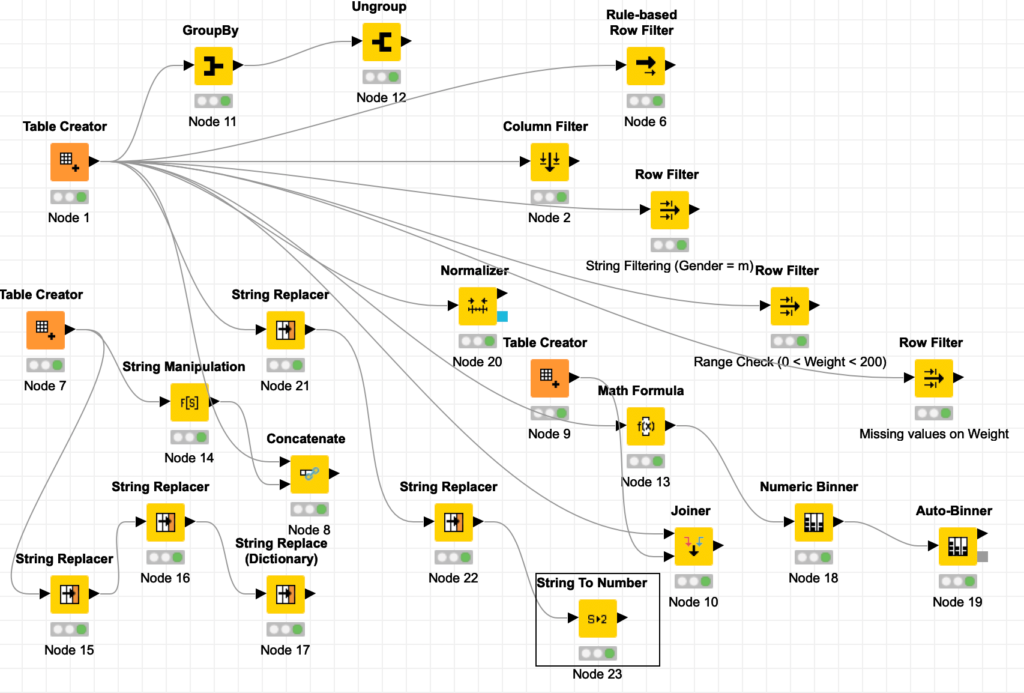

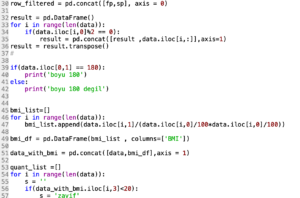
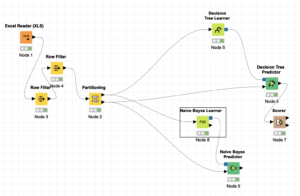
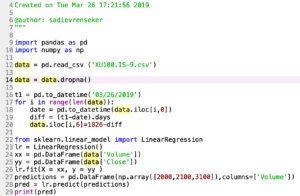
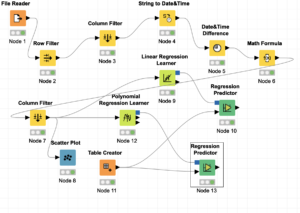

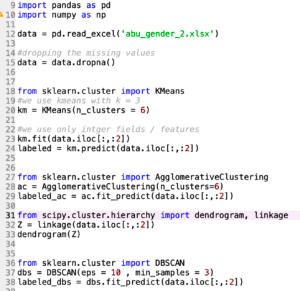
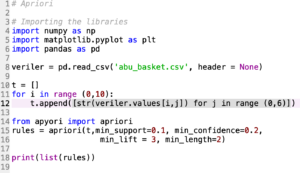
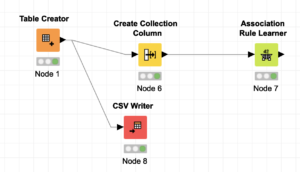
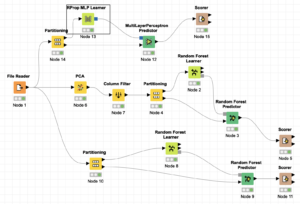
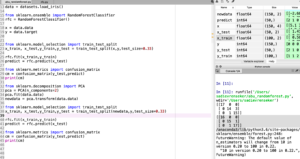

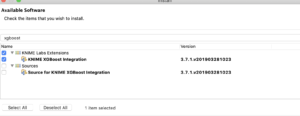
Recent Comments